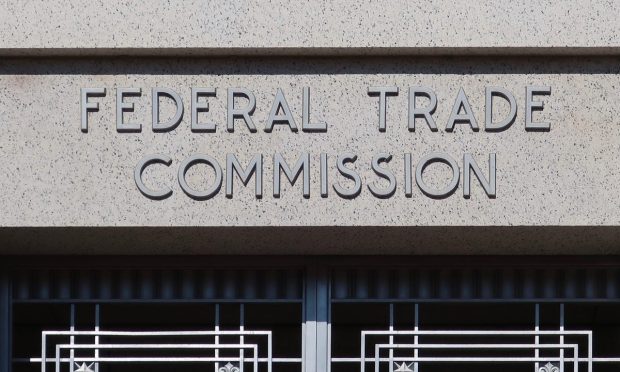FTC: Consumer Fraud Jumped 70% in 2021

Consumers reported losing more than $5.8 billion to fraud in 2021, a 70% jump from the year before, the Federal Trade Commission (FTC) said Tuesday (Feb. 22).
According to the FTC, the commission received reports from more than 2.8 million consumers in 2021, mostly victims of imposter scams, which accounted for more nearly half of all the losses: $2.3 billion, compared to $1.2 billion in 2020.
Online shopping scams accounted for the second biggest loss category: $392 million, compared to $246 million in the previous year. Scams involving prizes, sweepstakes and lotteries; internet services; and business and job opportunities rounded out the top five.
The FTC says its Consumer Sentinel Network, a database that gets reports from consumers and law enforcement, received more than 5.7 million reports in 2021.
“These include the fraud reports detailed above, as well as identity theft reports and complaints related to other consumer issues, such as problems with credit bureaus and banks and lenders,” the commission said. “In 2021, there were nearly 1.4 million reports of identity theft received by the FTC.”
Read more: FTC Rules Seek Redress for Victims of Sham Schemes
Last week, the FTC proposed new rules that would seek redress for victims of bogus money-making schemes and levy steep fines against violators, including multilevel marketing operations, for-profit colleges and gig economy platforms.
“Consumers, workers and prospective entrepreneurs are being bombarded with so-called money-making opportunities that promise the world but leave them deeply in debt,” said Samuel Levine, director of the FTC’s Bureau of Consumer Protection. “The FTC will use every tool in its toolbox to deter this economic exploitation and compensate people who got conned.”
The FTC has already taken a tough stance with law enforcement measures against such schemes.
In one case, the commission obtained financial relief for students attending DeVry University — $49.4 million in partial refunds and $50.6 million in debt relief, arguing the school made false claims about graduates’ earning potentials.
